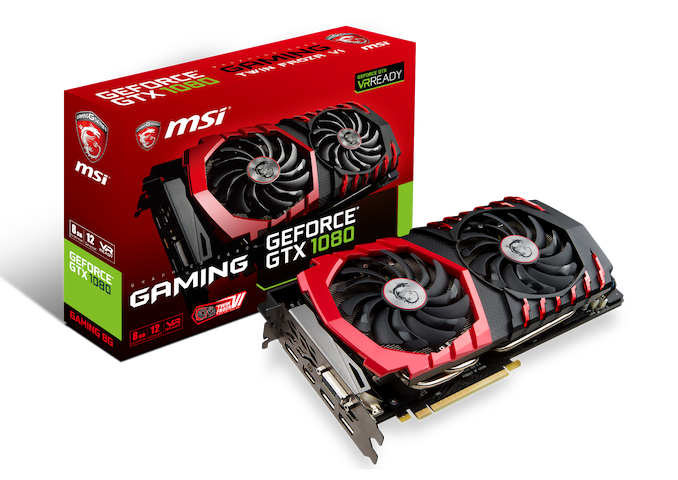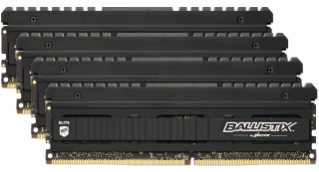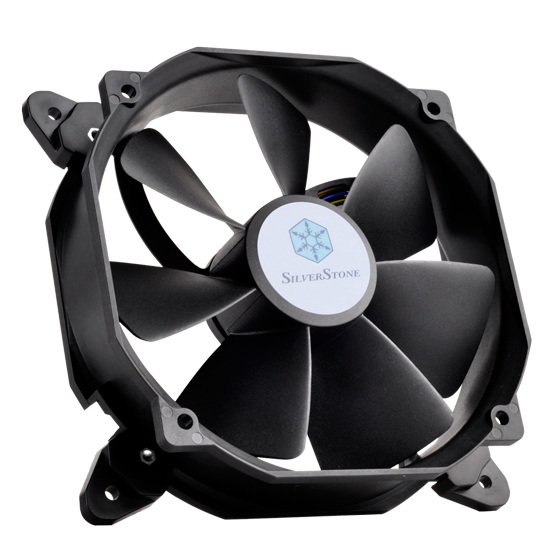The ASRock Rack EPYCD8-2T Motherboard Review: From Naples to Rome
by Gavin Bonshor on April 20, 2020 9:00 AM EST- Posted in
- Motherboards
- AMD
- Workstation
- server
- ASRock Rack
- Naples
- Rome
- EPYC 7351P
- EPYCD8-2T
Board Features
The ASRock Rack EPYCD8-2T is a single socket LGA 4094 ATX motherboard designed for the workstation and server market. It has compatibility with both the AMD EYPC 7001 and 7002 family, which means this model supports up to 64 cores. On the memory front, the EYPCD8-2T has eight memory slots with support for up to 1 TB of DDR4-3200 system memory including both LRDIMM or RDIMM. RDIMM support is limited to 32 GB, 16 GB, and 8 GB modules, while LRDIMM supported includes 128 GB and 64 GB modules. Users can install up to nine SATA devices with two miniSAS ports which offer four ports each, and a single SATA DOM connector. Also present is two PCIe 3.0 x4 M.2 slots which support both NVMe and SATA drives. While this board doesn't include standard U.2 ports, ASRock Rack has included two Oculink U.2 slots for users wishing to use U.2 drives. The ASRock Rack EPYCD8-2T also has seven PCIe 3.0 slots, with four full-length and three-half length slots which operate at x16/x8/x16/x8/x16/x8/x16. Each full-length PCIe 3.0 slot runs at x16, with the half-lengths limited to PCIe 3.0 x8.
| ASRock Rack EPYCD8-2T ATX Motherboard | |||
| Warranty Period | 3 Years | ||
| Product Page | Link | ||
| Price | $498 | ||
| Size | ATX | ||
| CPU Interface | LGA 4094/SP3 | ||
| Chipset | SoC | ||
| Memory Slots (DDR4) | Eight DDR4 Supporting 1TB ECC LRDIMM/RDIMM Octa Channel Up to DDR4-3200 |
||
| Video Outputs | 1 x D-Sub (Aspeed) | ||
| Network Connectivity | Intel X550 Dual 10 G Realtek RTL8211E Gigabit (IPMI) |
||
| Onboard Audio | N/A | ||
| PCIe Slots for Graphics (from CPU) | 7 x PCIe 3.0 x16 x16/x8/x16/x8/x16/x8/x16) |
||
| PCIe Slots for Other (from PCH) | N/A | ||
| Onboard SATA | Nine (2 x mini SAS, 1 x SATA DOM) | ||
| Onboard M.2 | 2 x PCIe 3.0 x4/SATA | ||
| Onboard U.2 | 2 x OCuLink | ||
| USB 3.1 (10 Gbps) | N/A | ||
| USB 3.0 (5 Gbps) | 2 x Type-A Rear Panel 1 x Header (two ports) |
||
| USB 2.0 | 1 x Header (two ports) | ||
| Power Connectors | 1 x 24-pin ATX 1 x 8-pin CPU 1 x 4-pin CPU 1 x 6-pin PCIe |
||
| Fan Headers | 1 x CPU (6-pin) 6 x System (6-pin) |
||
| IO Panel | 2 x USB 3.1 Gen1 Type-A 2 x Ethernet 10 G (Intel) 1 x D-Sub (Aspeed) 1 x Serial Port 1 x MLAN (Realtek) 1 x ID Button |
||
ASRock is using the Aspeed AST2500 BMC controller which adds a single D-sub video output on the rear panel, while a Realtek RTL82111E Gigabit Ethernet controller is used for the boards dedicated IPMI connection. Also on the rear panel is a pair of USB 3.1 G1 Type-A ports, although users needing more USB can get an additional two USB 3.1 G1 Type-A ports, and two USB 2.0 ports from front panel headers. For the networking, the included Intel X550 dual 10 G Ethernet controller adds two Ethernet ports on the rear panel for premium networks. Finishing off the rear panel is a single serial port and an ID button which comes equipped with an LED. Adapted for premium 1U chassis, there are seven 6-pin fan headers in total, with one dedicated to a CPU cooler and six for chassis fans.
Test Bed
As per our testing policy, we take a high-end CPU suitable for the motherboard that was released during the socket’s initial launch, and equip the system with a suitable amount of memory running at the processor maximum supported frequency. This is also typically run at JEDEC subtimings where possible. It is noted that some users are not keen on this policy, stating that sometimes the maximum supported frequency is quite low, or faster memory is available at a similar price, or that the JEDEC speeds can be prohibitive for performance. While these comments make sense, ultimately very few users apply memory profiles (either XMP or other) as they require interaction with the BIOS, and most users will fall back on JEDEC supported speeds - this includes home users as well as industry who might want to shave off a cent or two from the cost or stay within the margins set by the manufacturer. Where possible, we will extend out testing to include faster memory modules either at the same time as the review or a later date.
For direct comparisons with consumer boards, we're using a 16-core processor.
| Test Setup | |||
| Processor | AMD EPYC 7351P 180W, $774 16 Cores, 32 Threads, 2.4 GHz (2.9 GHz Turbo) |
||
| Motherboard | ASRock EPYCD8-2T (BIOS 1.50) | ||
| Cooling | Noctua U14S TR4-SP3 | ||
| Power Supply | Thermaltake Toughpower Grand 1200W Gold PSU | ||
| Memory | 8x32 GB SK Hynix DDR4-2933 21-21-21 Ran at DDR4-2666 |
||
| Video Card | MSI GeForce GTX 1080 Gaming X 8G (1683/1822 Boost) | ||
| Hard Drive | Crucial MX300 1TB | ||
| Case | Open Test Bed | ||
| Operating System | Windows 10 64-bit 1909 | ||
Readers of our motherboard review section will have noted the trend in modern motherboards to implement a form of MultiCore Enhancement / Acceleration / Turbo (read our report here) on their motherboards. This does several things, including better benchmark results at stock settings (not entirely needed if overclocking is an end-user goal) at the expense of heat and temperature. It also gives, in essence, an automatic overclock which may be against what the user wants. Our testing methodology is ‘out-of-the-box’, with the latest public BIOS installed and XMP enabled, and thus subject to the whims of this feature. It is ultimately up to the motherboard manufacturer to take this risk – and manufacturers taking risks in the setup is something they do on every product (think C-state settings, USB priority, DPC Latency / monitoring priority, overriding memory sub-timings at JEDEC). Processor speed change is part of that risk, and ultimately if no overclocking is planned, some motherboards will affect how fast that shiny new processor goes and can be an important factor in the system build.
Many thanks to...
We must thank the following companies for kindly providing hardware for our multiple test beds. Some of this hardware is not in this test bed specifically, but is used in other testing.


















34 Comments
View All Comments
romrunning - Monday, April 20, 2020 - link
Would it be possible to get a review of more recent AMD server boards from ASRockRack, like the ROMED8HM3 (SP3 socket, supports EPYC Rome, has many PCIe 4.0 slots)?Slash3 - Monday, April 20, 2020 - link
The ASRock Rack ROMED8-2T is a similarly near perfect board for the current Epyc CPUs; I'd love to see some reviews once it hits retail channels (within a few weeks, hopefully).https://www.asrockrack.com/general/productdetail.a...
cygnus1 - Monday, April 20, 2020 - link
I plan to build a new home server before the end of the year so I went and checked that one out. I do want it to be AMD, and not really caring if it's Epyc or Ryzen, just need to find a good board with IPMI like these AsrockRack ones. The only problem I see for me with the ROMED8-2T is no x16 slots and the x8 slots are all closed ended for some reason, so you can't even put an x16 card in them.brucethemoose - Monday, April 20, 2020 - link
All 7 slots on the ROMED8-2T are x16.https://www.asrockrack.com/photo/ROMED8-2T-1(M).jp...
Foeketijn - Tuesday, April 21, 2020 - link
Not sure what the requirements are, but I can endorse the Asrockrack X470 boards. Ryzens Zen2 and the x470 make a really efficient powerhouse (just 100 Watts for a 8 core in a noisy but cool 1u server doing stress testing)romrunning - Monday, April 20, 2020 - link
Or the ROMED8-2T or ROMED8QM-2T? Really, I guess any of the newer "ROME" models that ASRockRack has listed. These newer boards would be more relevant than the older EPYCD8-2T, of which the ROMED8-2T seems like it's the direct successor.Mr Perfect - Tuesday, April 21, 2020 - link
Yes, please review Epyc boards with PCIe 4. There are several in this price range that have it, so it's not really beneficial to look at boards of the same cost that have half the IO bandwidth.Tyan's S8030GM4NE-2T has five x16 4.0 slots and the two 10gb Ethernet ports. I'd love to know if that board was any good.
shabby - Monday, April 20, 2020 - link
Only two 10g ports? Come on where are my 100g ports...vladpetric - Monday, April 20, 2020 - link
100g is not something that a CPU-based system can saturate. High end switches, aggregating traffic from multiple end points - sure. Software running on a CPU - no.eastcoast_pete - Monday, April 20, 2020 - link
I don't think that question was asked in earnest. However, if it was, I agree with you.